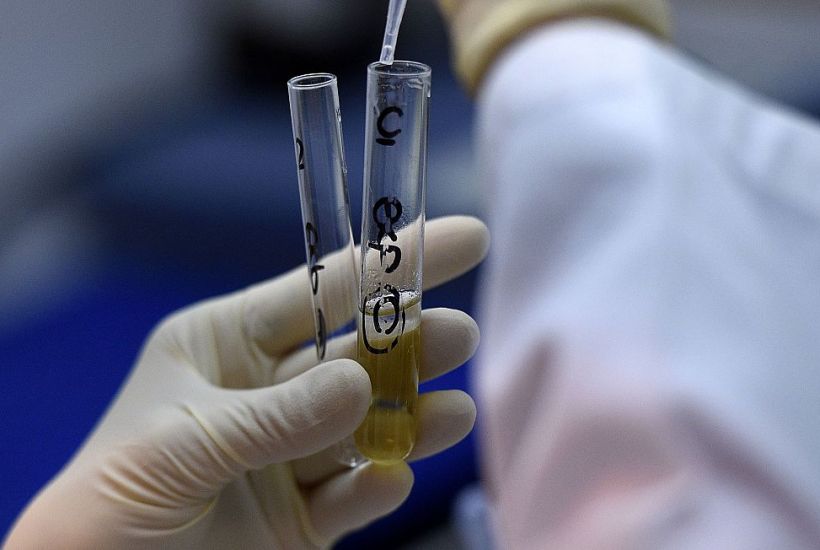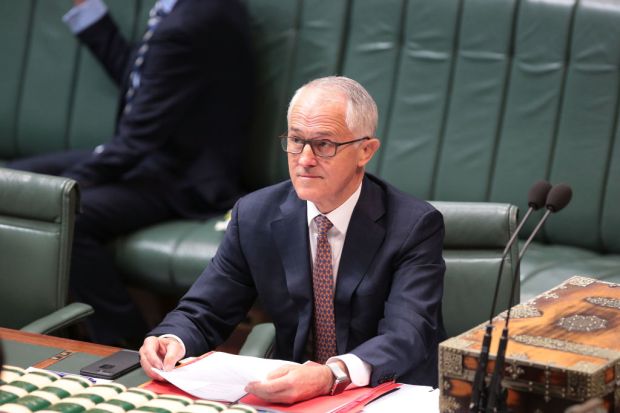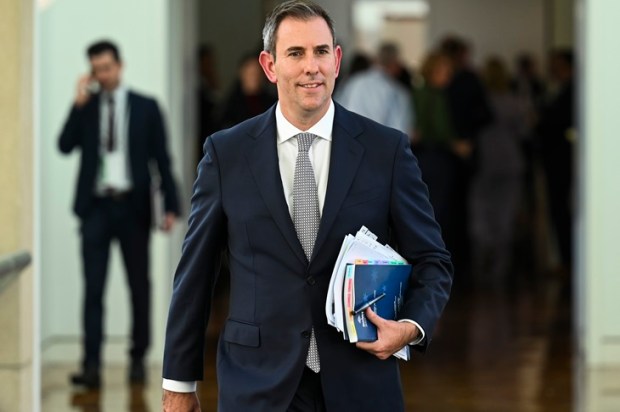The federal budget comes out this evening and, in what can heart-warmingly be described as a bipartisan tradition, the ‘heroes’ in Canberra will again dip their fat fingers into your pockets to fix the ballooning public debt and problems they’ve created.
It’s common to hear about government plans for dealing with problems by raising more money from a population already struggling with a crippling tax burden. We don’t hear about how government plans to clean house by tidying up irresponsible overspending. Well, that’s not technically true – we hear a fair bit, but the tough talk usually concludes with fluff-fare and hot air, which offers cosmetic changes that, fails to address the real issue. Is it any surprise that Australia’s gross national debt currently sits at over 500 billion dollars – a whopping $40,000+ per household? If our fiscal situation were a hit song from the 1970s, it would be “Greece’d Lightning” – primed to strike us if something isn’t done about it soon enough.
Which brings us to the Medical Research Future Fund’– a last minute brainchild of Joe Hockey who proposed a co-payment for medical care with the profits to be diverted into the new fund. The co-payment was of course, killed off after Hockey demonstrated the political salesmanship of a Saudi diplomat at a renewable energy and women’s rights conference.
So we end up in the ironic position of the fund staying in place with no co-payment to fund it as intended. This works because the fund is excellent political capital – promising to invest millions of dollars in research while simultaneously allowing our elected representatives to use buzzwords such as “innovation”, “future”, “cutting-edge” and others easily sourced from a first-year Marketing student’s university essays. Pity that it’s also terrible policy.
The problem with this rhetoric is that it is largely based on unsubstantiated assumptions conveniently parroted by stakeholders including many academics who are the beneficiaries of public largesse. The key premise is that public funding for research is necessary – not just because it produces non-specific social good but because private sector investment in research simply would not be enough.
This is patently false. Not only do private companies invest millions in medical research, but the return on their investment is protected by intellectual property regimes – providing ample incentive to invest.
On the other hand, governments are consistently worse at picking ‘winners’ than the private sector is. The government has a license to gamble and speculate with our money under a supposedly altruistic premise, avoiding the pressure to account for the viability of an investment which a private company would go through. Because taxpayers aren’t shareholders, governments don’t have incentive to produce return for them. We’ll relentlessly hear about it if it turns out a new miracle drug got some of its funding from the Future Fund – but we’ll never hear about all the future fund spending which produces no tangible return. A convenient case of confirmation bias.
So what happens when the investor is subject to political rather than commercial factors, the way the government is?
It means that political agendas enter the realm of science. The Bjorn Lomborg climate change research centre was scrapped after sustained attack from the political left who objected to Lomborg’s climate change scepticism.
Take the example of the Australian Research Council. Its list of illustrious grants – all funded by you by the way, have included $191,394 to assess strategies on how winemakers use websites and share information, $215,378 on “understand(ing) how communities mobilise in Melanesia through the integration of digital media, mobile phones and music” and $166,442 on investigating how art-science collaboration generates “new modes of intradisciplinary knowledge”. Nearly half a million dollars was handed out to a marketing research company in 2015 to look into the national ‘Binge Drinking Strategy’. That money could have gone resources to deal with violent behaviour or could have funded services for those suffering from alcoholism and related afflictions.
On the point of altruism – Research Australia (no relation to the Australian Research Council mentioned above) found that a majority of Australians they surveyed expressed lesser willingness to voluntarily donate to medical research, such as the kind of charitable research undertaken by the Cancer Council, were the government to increase public spending under its Future Fund. So not only is the investment less likely to produce a return than private investment –it also crowds out private investment and degrades civil society.
If the government truly wants to facilitate research – it is best off doing so by removing barriers to the private sector, such as through a streamlined approvals process for new drugs – something which the Australian Taxpayers’ Alliance has consistently argued for. This will make it cheaper and easier to bring new drugs to the market.
Emphasis on public funding for medical research is a bad idea. It’s based on flawed logic and the evidence indicates that it may even make us a less kind society. At a time when we’re reeling under a relentless cycle of taxation and spending and costs of living are skyrocketing – the Medical Research Future Fund is counter-productive poor policy and we’re better off investing the money elsewhere.
Satyajeet Marar is a Sydney writer and research associate for the Australian Taxpayers’ Alliance. He can be followed on Facebook.
Got something to add? Join the discussion and comment below.
Got something to add? Join the discussion and comment below.
Get 10 issues for just $10
Subscribe to The Spectator Australia today for the next 10 magazine issues, plus full online access, for just $10.


























Comments
Don't miss out
Join the conversation with other Spectator Australia readers. Subscribe to leave a comment.
SUBSCRIBEAlready a subscriber? Log in